Common characteristics of microservice architectures that we saw in the field:
- Componentization via Services
- Organized around Business Capabilities
- Products not Projects
- Smart endpoints and dumb pipes
- Decentralized Governance
- Decentralized Data Management
- Infrastructure Automation
- Design for failure
- Evolutionary Design
Get Started for FREE
Sign up with Facebook Sign up with X
I don't have a Facebook or a X account
 Your new post is loading... Your new post is loading...
Scott Fuhriman's curator insight,
September 11, 2019 2:04 PM
Is your Digital Team having more successes than failures?
Lots of great nuggets in this one for producing a successful digital experience. I love the “build the right thing” and “build the thing right” mentality. How often does one or both get done successfully, probably a lot less than we realize.
Another favorite nugget is “data tells you the what but doesn’t tell they why” which is extremely important in today’s data driven world. At the end of the day you have to be in front of and exposed to customers to actually know the why to figure out the how. |

Curated by Farid Mheir
Get every post weekly in your inbox by registering here: http://fmcs.digital/newsletter-signup/
|




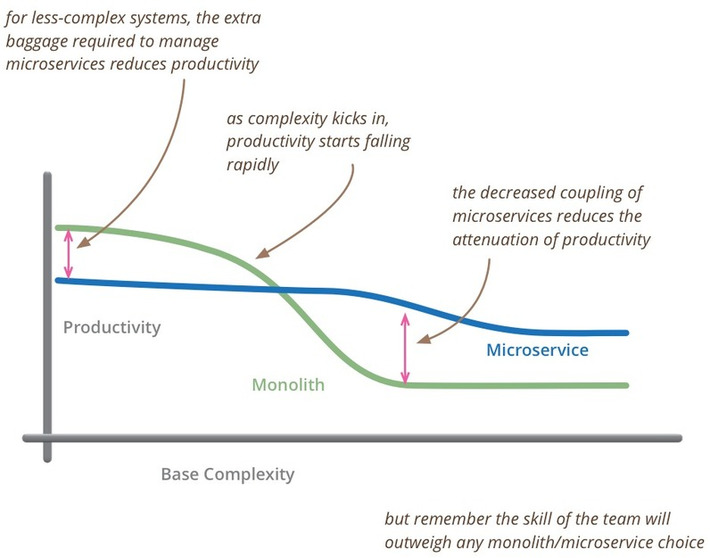

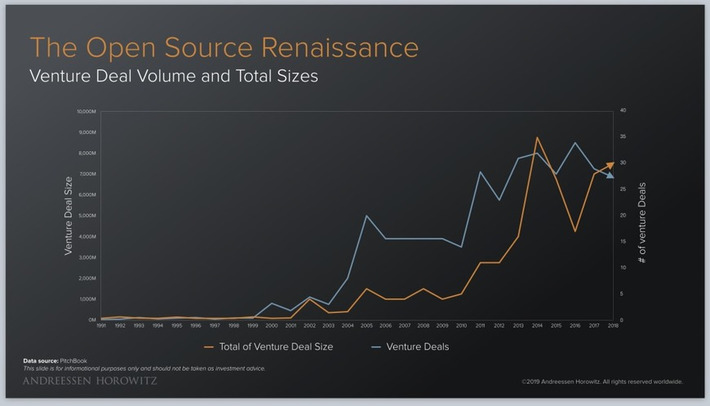
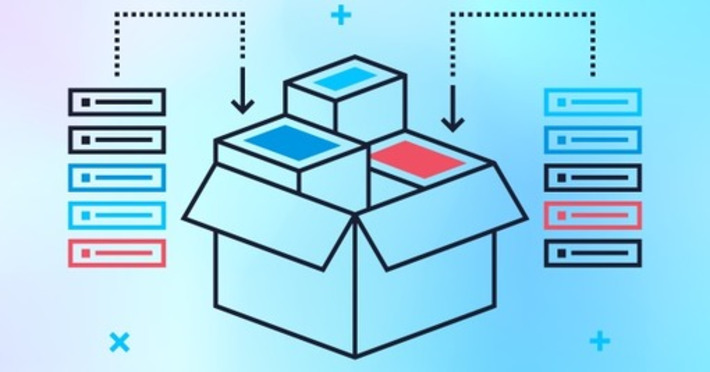
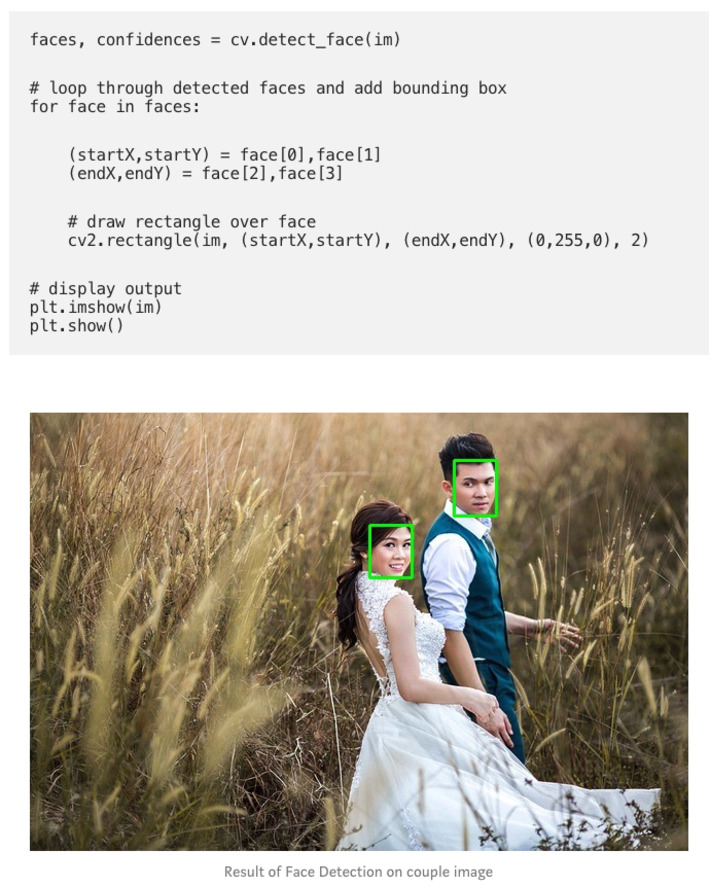
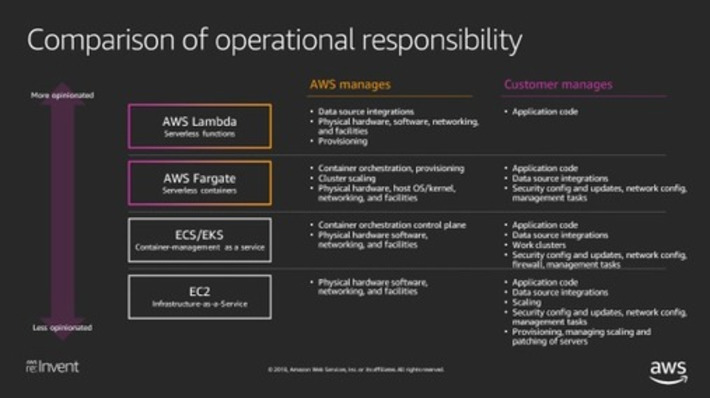


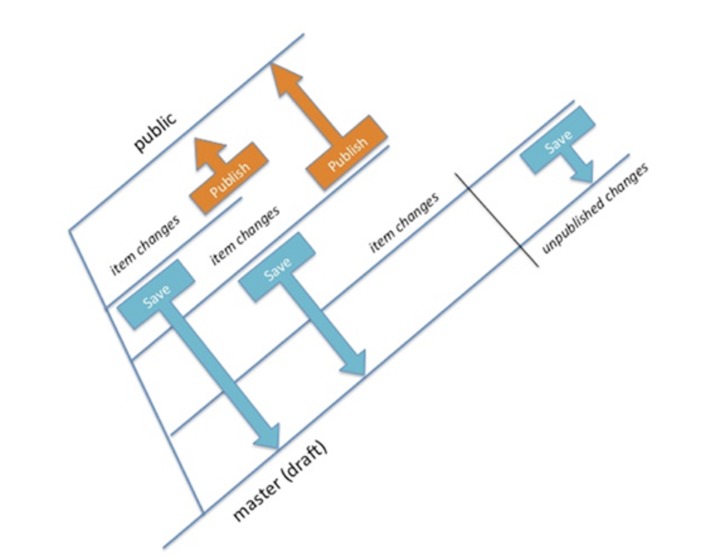
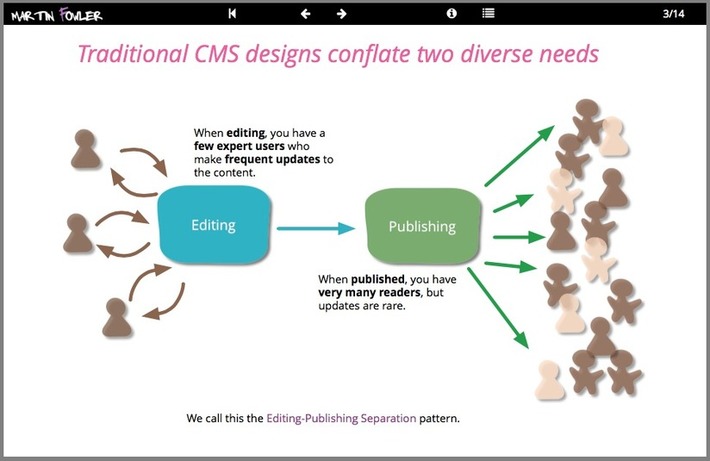
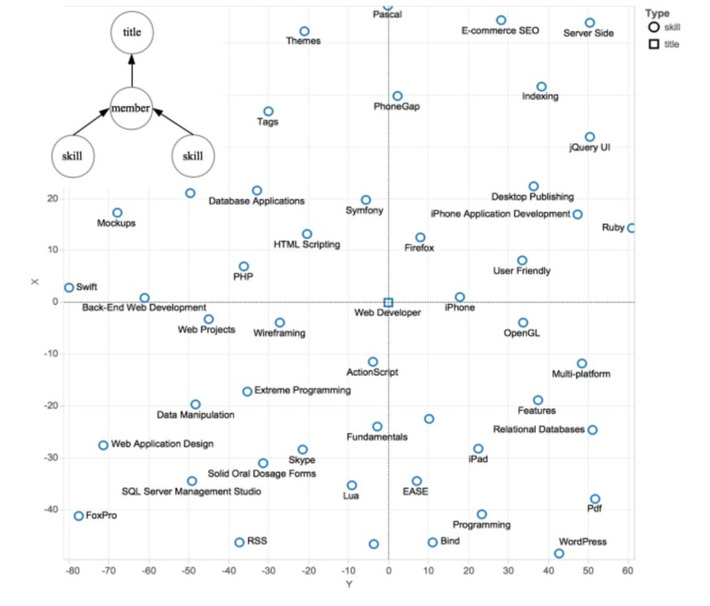
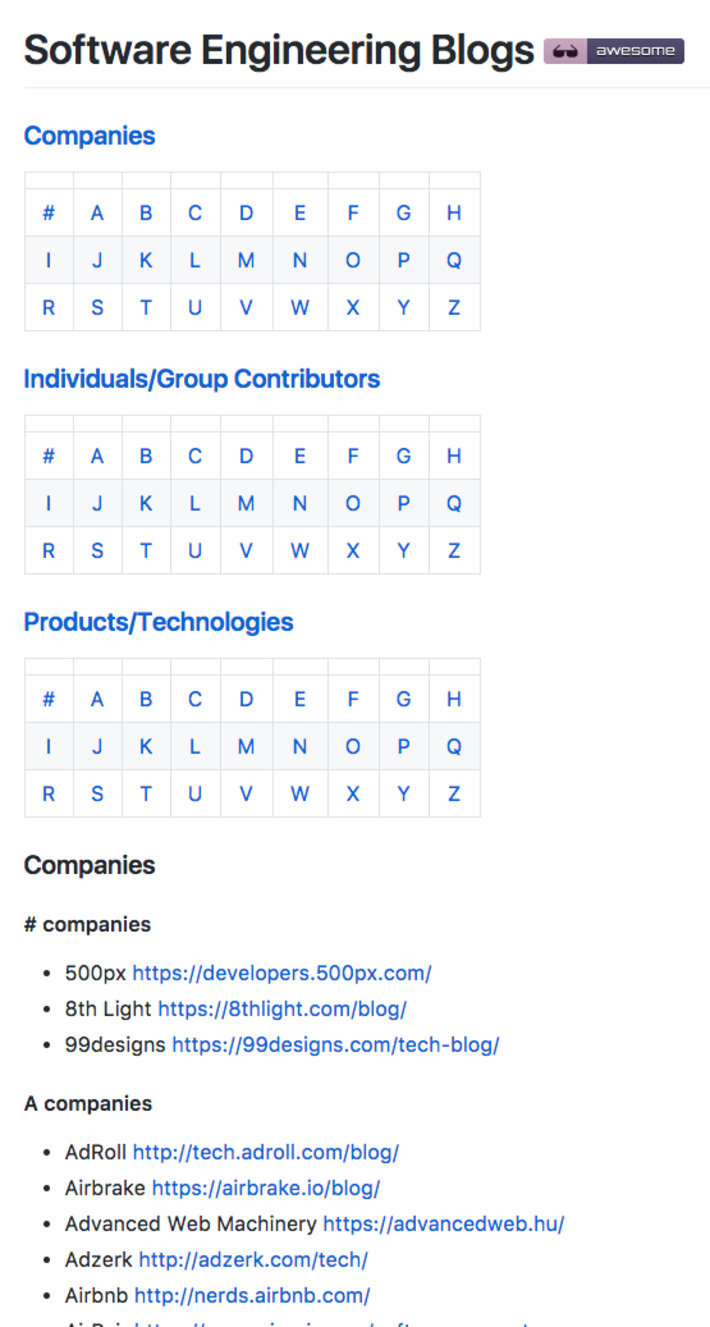
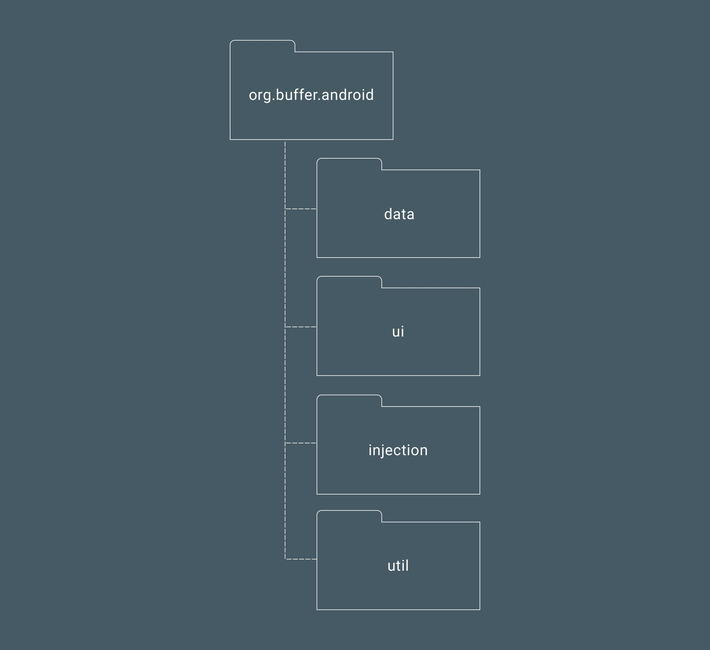








WHY IT MATTERS: a great reference of articles about microservice architecture.